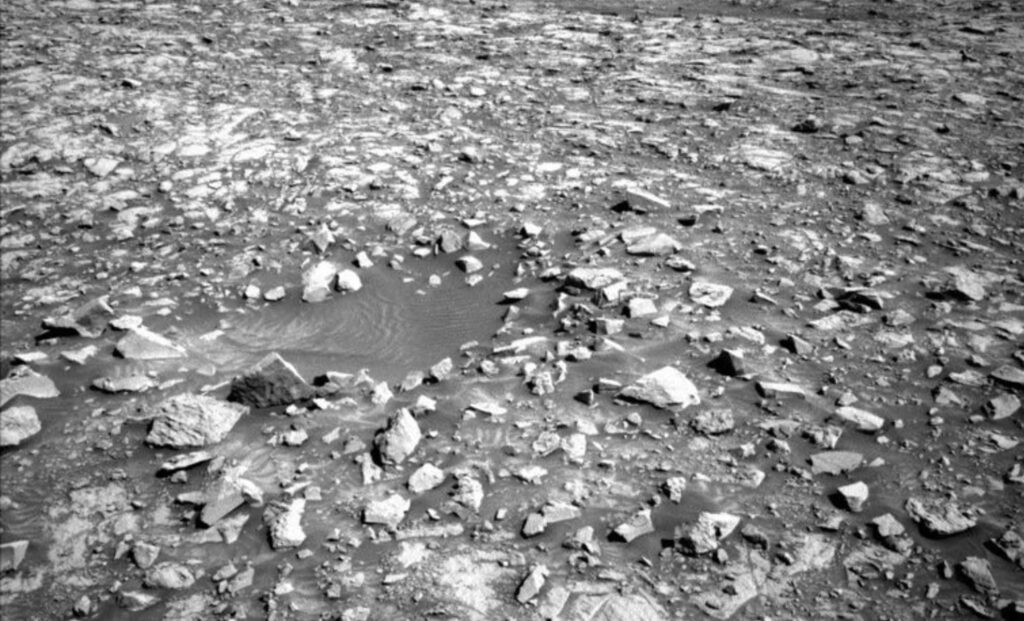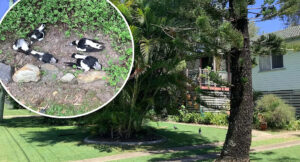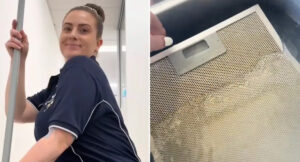
On July 15, 2025, NASA’s Curiosity Rover continued its groundbreaking exploration of Mars, conducting a series of scientific observations and geological analyses as part of the Mars Science Laboratory Mission. This mission, which aims to unravel the secrets of the Red Planet, has seen Curiosity meticulously examining Mars’ surface, one sol at a time. The latest findings offer a fascinating glimpse into the challenges and precision involved in the rover’s daily operations, underscoring its critical contributions to our understanding of Mars.
Scientific Exploration in the Winter Months
As the Martian winter persists, Curiosity’s operations have adapted to the colder climate, optimizing its activities to the warmer afternoon hours. During the frigid mornings, the rover limits its movements to conserve energy, ensuring its systems remain operational in the harsh conditions where temperatures can plummet dramatically.
On Sols 4595-4596, Curiosity embarked on an extensive remote science block, utilizing its Mastcam to capture images of a nearby trough to observe potential sand activity. These images are crucial for scientists aiming to understand the dynamics of Martian winds and their role in shaping the planet’s atmosphere.
An intriguing subject for the Mastcam was a displaced block named “Ouro,” located near a circular depression that might be a small crater. Such features could provide insights into the geological processes at work in this region. Additionally, the rover studied a ridge called Volcán Peña Blanca, documenting its sedimentary structures to help researchers piece together the history of water and geological activity on Mars.
Contact Science and Geology Observations
Following a brief pause, Curiosity resumed its activities with contact science, which involves direct interaction with the Martian surface to gather detailed data. The rover’s Arm Rover Planner directed it to brush dust off two bedrock targets: Cataratas del Jardín and Rio Ivirizu. These flat-surfaced targets were ideal for in-depth analysis.
Using MAHLI (Mars Hand Lens Imager) and APXS (Alpha Particle X-ray Spectrometer), Curiosity captured high-resolution images and conducted chemical analyses of the bedrock. These observations are pivotal in understanding the local geology and the ancient environmental conditions that might have been conducive to life.
After collecting this essential data, the rover meticulously stowed its arm, preparing for the next leg of its journey, ensuring all systems were ready for the subsequent sol’s drive.
A Close Look at Mars’ Layers and Geological History
On Sol 4596, Curiosity focused on further remote science, emphasizing the study of additional bedrock layers. One notable target was Torotoro, another piece of layered bedrock that could reveal more about Mars’ geological processes. The ChemCam LIBS (Laser Induced Breakdown Spectroscopy) was employed to analyze the chemical composition of these layers, offering insights into the minerals present and their origins.
The rover also captured a mosaic image of an intriguing feature called Paniri, a deep incision in the rock filled with a different material than its surroundings. Such features could unveil more about Mars’ tectonic activity, weathering processes, and even ancient volcanic events.
Exploring Mars with Precision and Caution
After completing its scientific tasks, Curiosity embarked on a 50-meter drive southwest, navigating a carefully planned route to avoid sandy pits and hidden obstacles that could jeopardize its mission. The terrain in this region is relatively smooth, minimizing the risk of damage from boulders or sharp rocks.
Post-drive imaging was conducted to verify all systems were functioning correctly, allowing engineers on Earth to assess the rover’s condition and adjust future plans. Additionally, Curiosity captured images of dust devils, clouds, and the area beneath the rover using the MARDI (Mars Descent Imager). These environmental observations provide valuable data on the Martian atmosphere and its daily fluctuations.
The announcement comes as NASA continues to push the boundaries of space exploration, with Curiosity’s findings offering a deeper understanding of Mars’ geological history and the potential for ancient life. As the rover continues its journey, scientists eagerly anticipate the next set of discoveries that could further illuminate the mysteries of the Red Planet.







